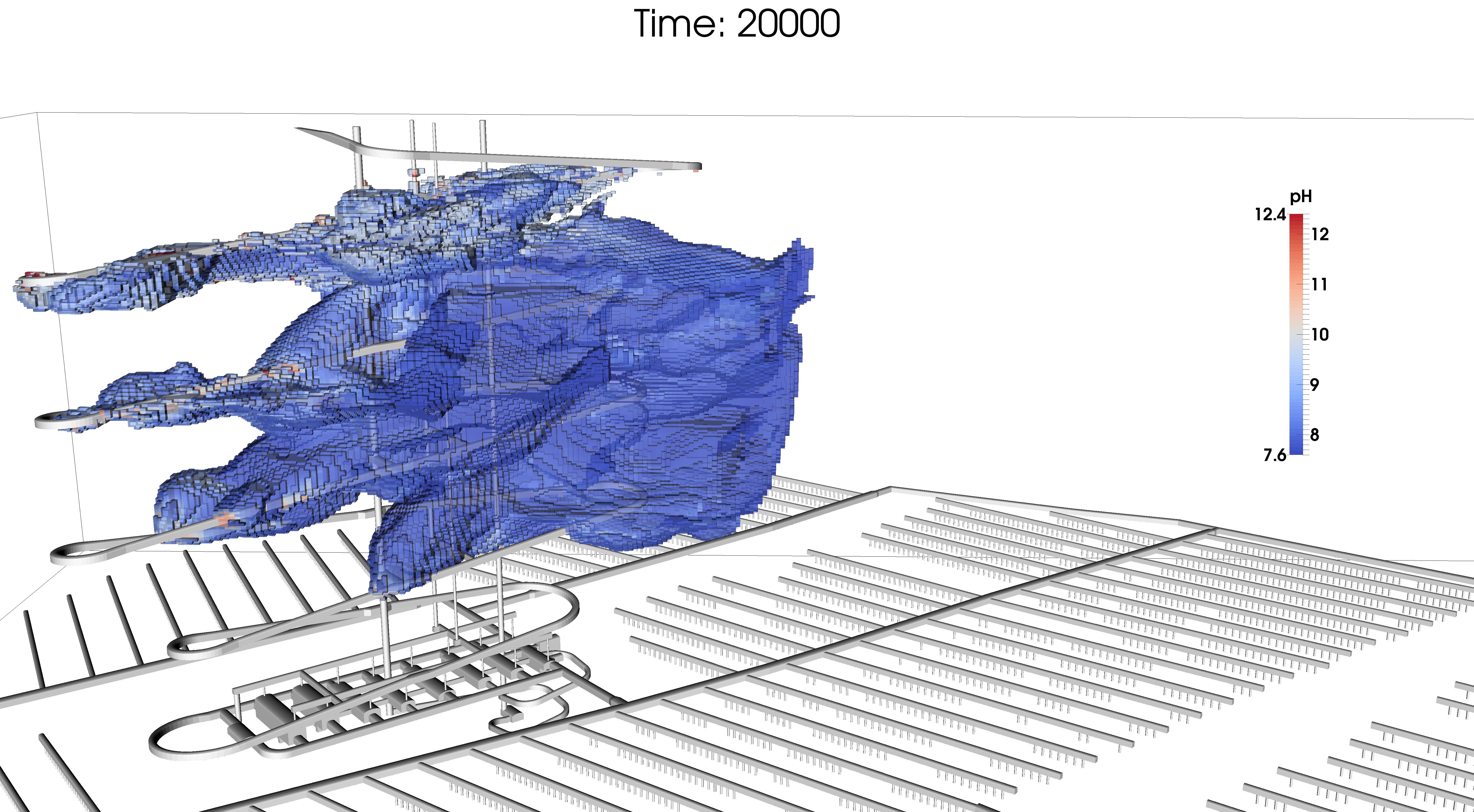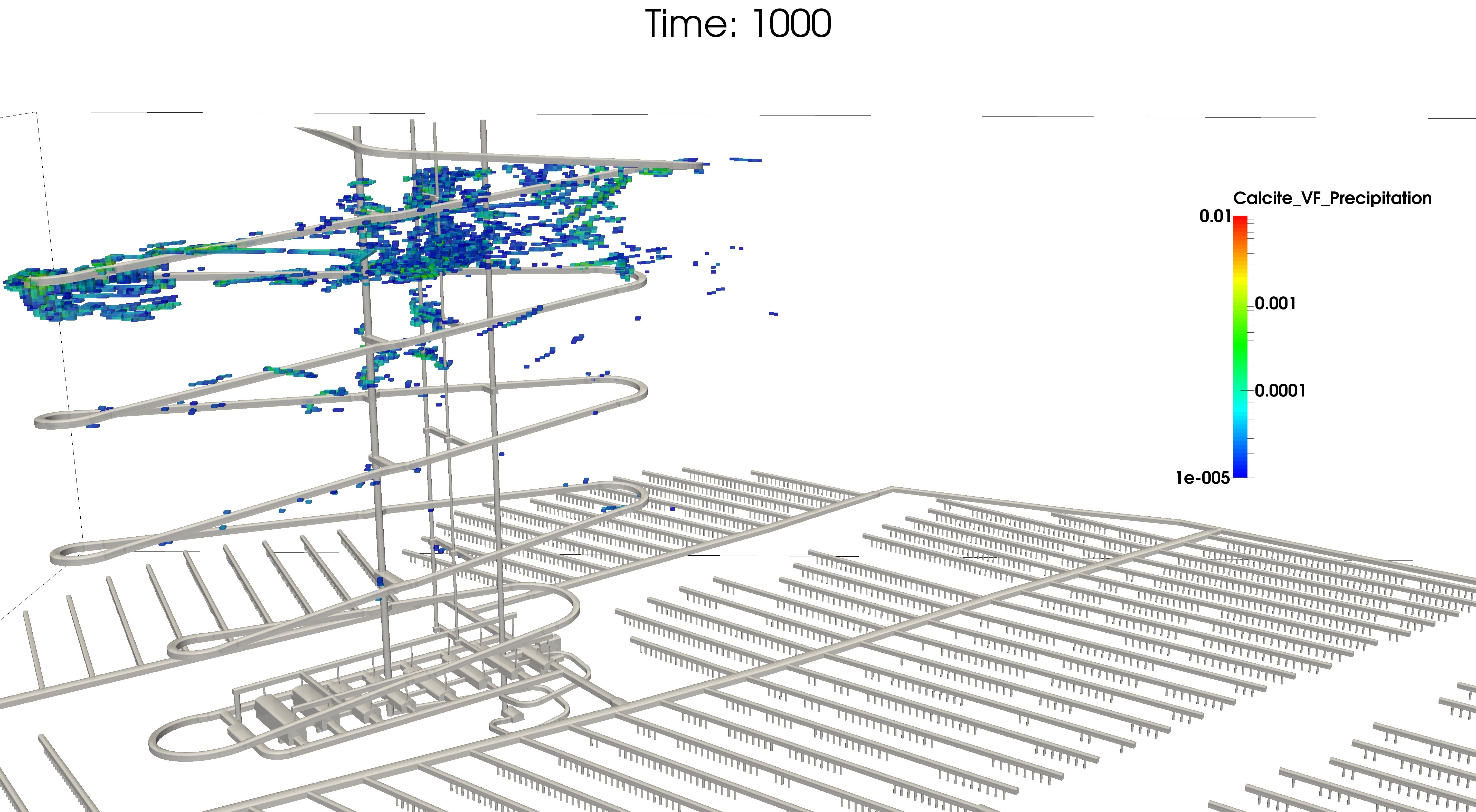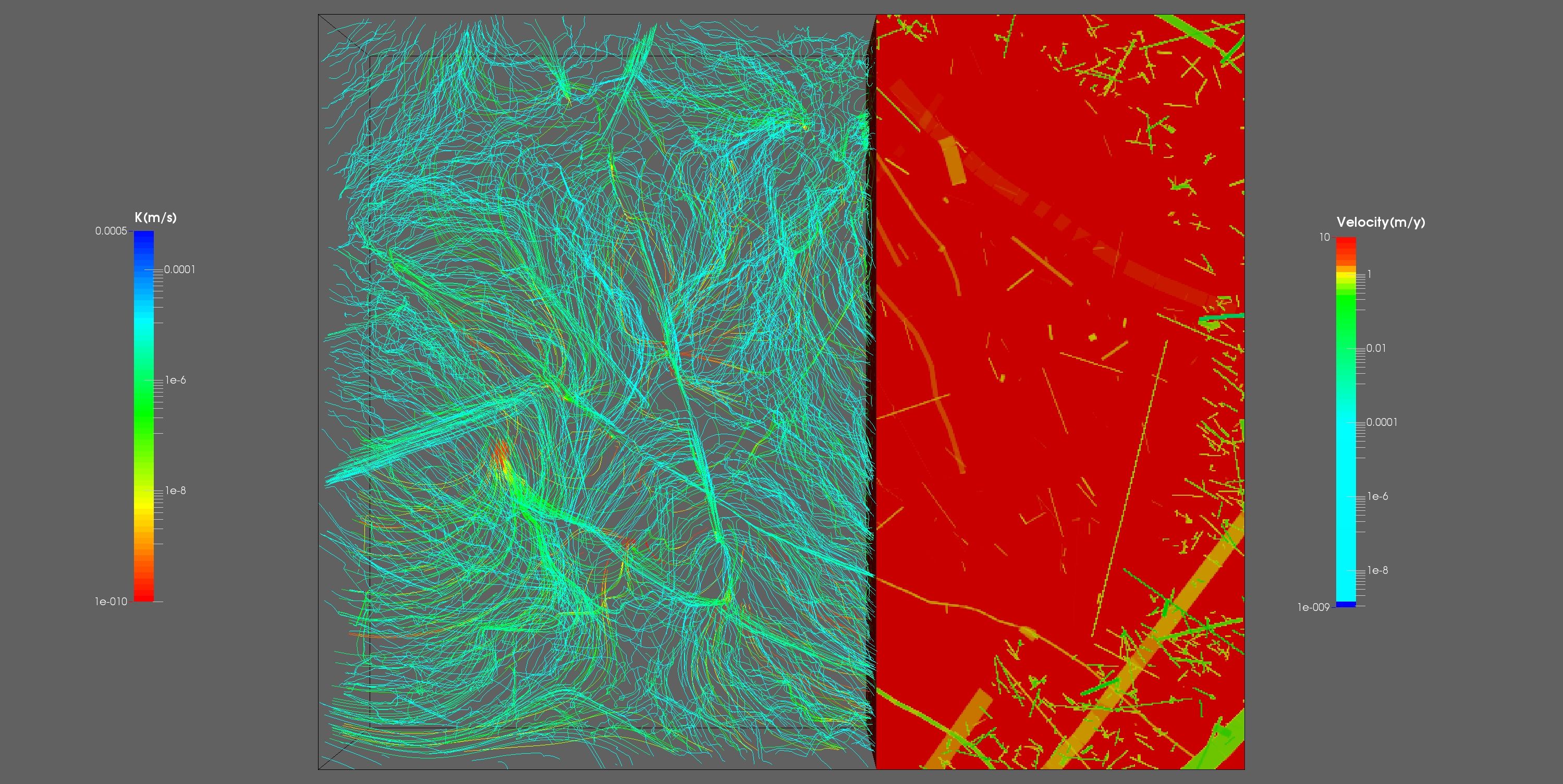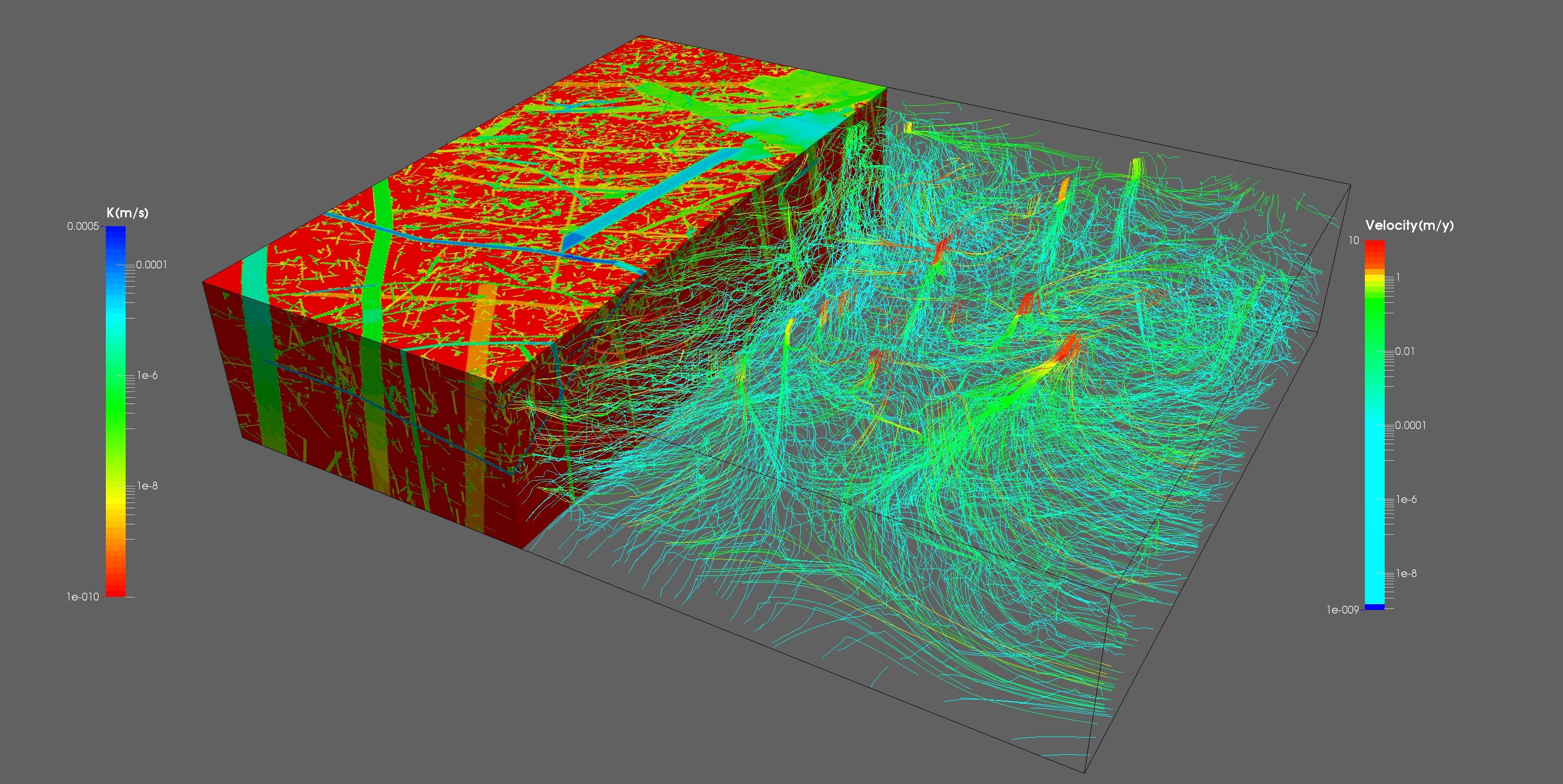interface DarcyTools PFlotran
About
iDP stands for interface DarcyTools-PFLOTRAN. The main objective of this interface is to develop a powerful reactive transport platform that integrates DarcyTools flow simulation capabilities with the reactive transport possibilities of PFLOTRAN. DarcyTools can create and run complex flow simulations, while PFLOTRAN is known for its strong scalability in High Performance Computing (HPC). This is achieved with the help of libraries such as PETSc. The iDP interface is written in a modular, cross-platform and extensible way using Fortran and Python.
Until 2018, only a single iDP code was being developed, now called iDP classic. This code only allows converting models that use cartesian structured grids. However, DarcyTools is able to generate and use cartesian unstructured grids, and PFLOTRAN can also handle them. Being able to convert this type of grids would increase the versatility of the framework.
For that reason, a new modification, iDP-UG was created. iDP-UG is used specifically for the conversion of DarcyTools models that use cartesian unstructured grids. Almost all the code has been written from scratch, with very few pieces adapted from iDP classic. As a consequence, iDP-UG needs to be considered a completely separate tool.
Capabilities
iDP classic provides a graphical user interface to generate the configuration required for the simulation. A DarcyTools subdomain can be selected from a steady state flow solution for use in a transient reactive transport simulation running in PFLOTRAN. This can be extended to a quasi-transient reactive-transport simulation by using several steady state flow solutions.
In iDP-UG, a basic graphical user interface is used only for specifying the input and output paths. Most of the configuration, on the other hand, is defined in a configuration file. As opposed to iDP classic, in iDP-UG both flow and transport are solved in PFLOTRAN. DarcyTools is used to generate the properties of the model, such as the permeability and porosity fields, and the cartesian unstructured grid.
DarcyTools
One of the best codes available to simulate groundwater flow in crystalline, fractured rock is DarcyTools. DarcyTools, property of SKB (The Swedish Nuclear Fuel and Waste Management Company), has been developed by CFE AB (Computer-aided Fluid Engineering AB) and MFRDC (Michel Ferry R& D Consulting). The code has been through more than 10 years of continuous development. The main Developers are Urban Svensson & Michel Ferry. The DarcyTools code is based on the finite volume method and uses MPI for its parallelization.
PFlotran
PFLOTRAN is a next-generation, open source , reactive flow and transport simulator for modelling subsurface processes that has been developed with high performance computing and efficiency in mind. To this end it has been built on top of well-known frameworks like MPI, PETSc and HDF. It implements the finite volume method and has been written in Fortran 90, in a modular way,. It has demonstrated peta-scale performance in simulations of uranium migration in the superfund Hanford 300 Area as part of the SciDAC-2 programme. The entire code is release under the GNU Lesser General Public License. For more information you may visit PFLOTRAN website
Cite
If you would like to reference iDP in your publications, please use the following reference:
de Vries LM, Molinero J, Ebrahimi H, Svensson U & Lichtner P (2013). High Performance Reactive Transport Simulation of Hyperalkaline Plume Migration in Fractured Rock. Mineralogical Magazine, 77(5) 982.
Licensing
If you are interested in the iDP technology please contact at techlabs@amphos21.com








